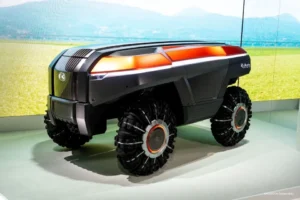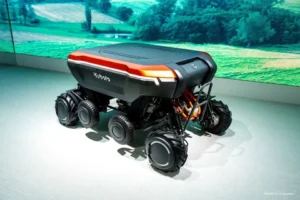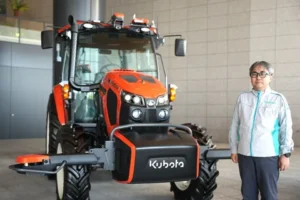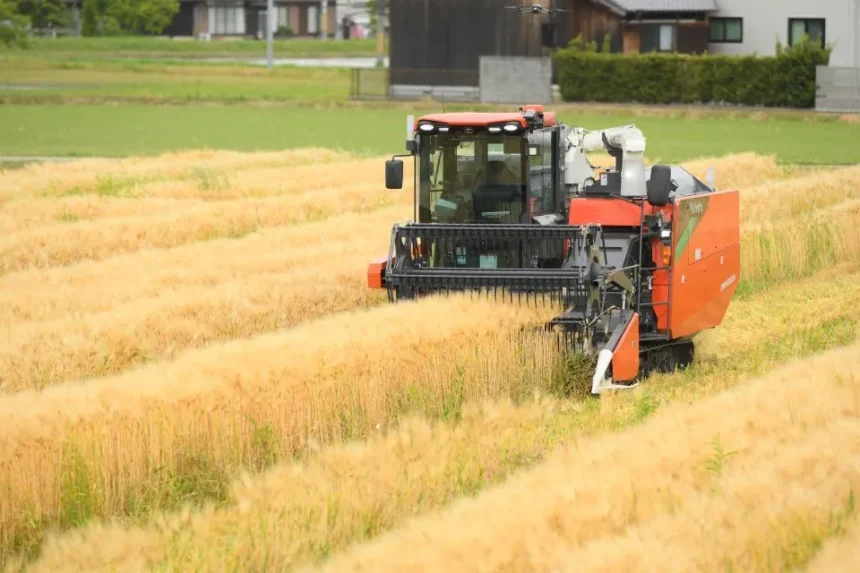NewzVille Exclusive
The world population is growing swiftly, and as a result demand for food is also rising. To meet this need, the agricultural sector has to secure and improve productivity through innovations for better output as fewer workers do less work. Other increasingly salient issues include destabilized production due to extreme weather events accompanying climate change, and the environmental impact of fertilizers and other agrochemicals. If these challenges are not met, the sustainability of agriculture itself could be at risk.
A Japanese agricultural machinery manufacturer Kubota Corporation has been actively working to address the productivity crisis since the 2010, developing a range of products and solutions for automating farm equipment, improving efficiency through data-driven measures, visualizing crop growth, and more.
Kubota’s ultimate goal is to make agricultural machinery completely automated and uncrewed, reducing workforce and labor requirements while still boosting productivity.
Aligning with the R&D program, Kubota envisaged three distinct steps toward the full automation of agricultural equipment. It has already progressed through, “Automated steering with a farmer onboard,” and achieved “Automated, uncrewed operation under farmer supervision.”
In 2017, the company introduced an autonomous tractor that can perform agricultural work with no one onboard. Rice transplanters and combine harvesters soon followed, creating a lineup of autonomous farm machinery that Kubota named its “Agri Robo Series.”
By 2024, around 700 machines from this series had shipped and were in use on farms across Japan.
Since then, Kubota has developed two major advances toward “Completely automated operation”: the “Type: V” and “Type: S” versatile platform robots.
The Type: V is a completely autonomous robot that can efficiently do everything from tilling to harvesting on large tracts of level farmland.
One unique feature of the Type: V is its ability to adjust the height and width of its body according to crop row spacing and current growth conditions.

The Type: V performs a wide range of agricultural work, including tasks that currently require separate machines like tractors and combine harvesters.

The Type: S robot can hydraulically extend and retract its four wheeled legs to control its center of gravity and remain horizontal even on hilly and rugged terrain, such as in orchards.
This makes it useful for transporting cargo, trimming weeds on the ridges between rice paddies, collecting and transporting rice straw, and other management tasks requiring a high degree of precision.

Ken’ichi Iwami, general manager of Technology Innovation R&D Dept. II at Kubota says, “We believe that fully autonomous agriculture will improve crop yield and quality and make agriculture sustainable without any burden on people or the environment.”
Kubota has signed a strategic partnership with US semiconductor manufacturer Nvidia Corporation in 2020. The company is also working with NTT Group and The University of Tokyo for further developments in Agri-sector.





